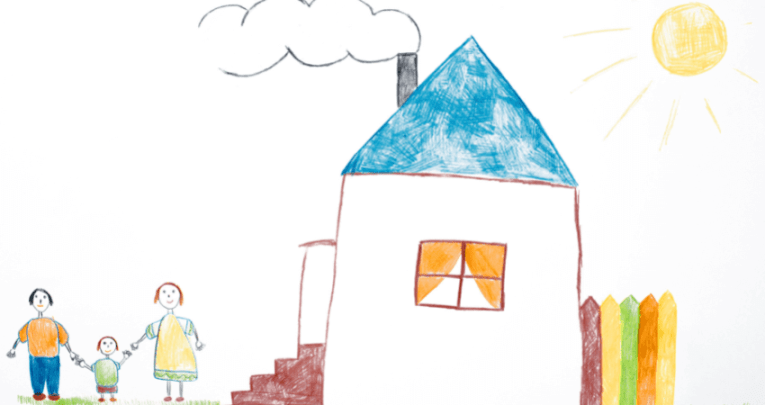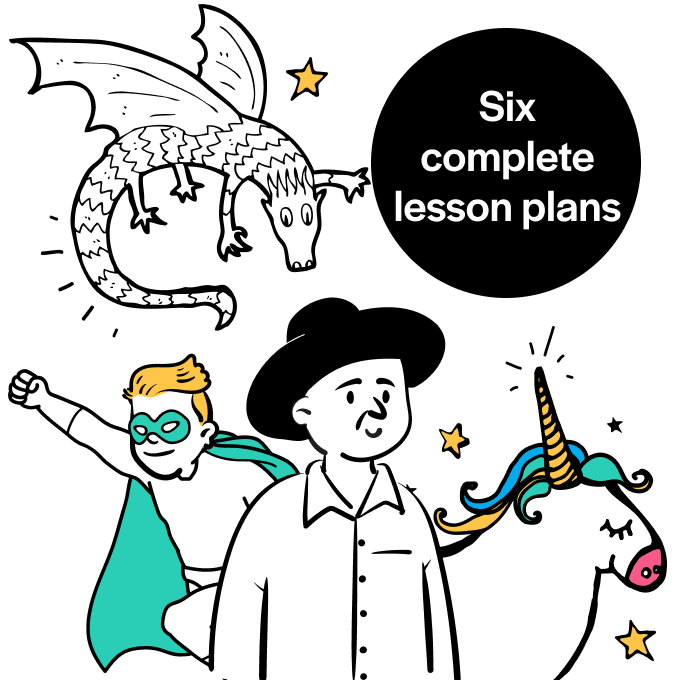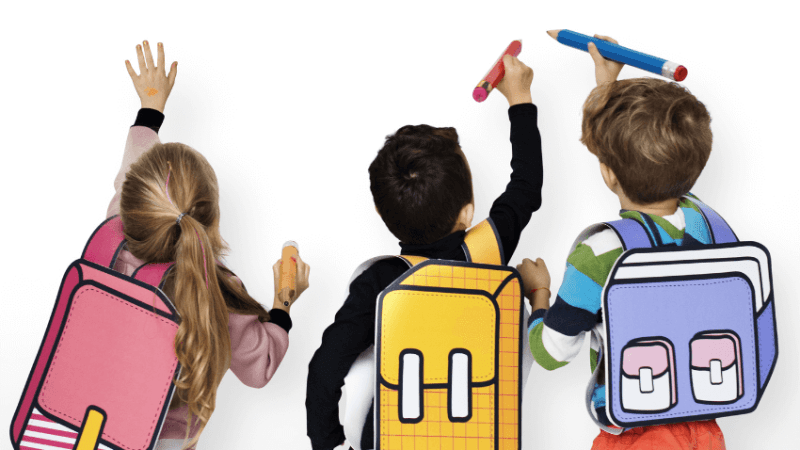Adoption in education – 10 ways to help children feel welcome

Never mind heartstring-pulling Christmas adverts, making adopted children feel comfortable can be more complicated than we first thought…

In 2020–21, 2,870 children were adopted from care in England (DfE, 2021).
With a pupil premium entitlement for each of these children as they reach school age, settings require support in helping them settle and thrive in education.
But there’s no handbook!
I’m hoping that the following strategies will help you support adopted pupils in your school.
Prepare and plan
Whether you have adopted children in your setting or not, be ready to welcome a new child.
Consider your usual transition arrangements for your vulnerable children – can these activities be replicated ‘in-year’?
Do you know who your virtual school contact is? Don’t wait to review your practice.
Educate staff
Teacher education and training rarely address this subject in depth, meaning that staff may be both inexperienced and ill-informed. This is not their fault!
Look to build in regular mini-staff training sessions, with manageable actions such as reviewing student voices or learning new vocabulary.
Work with parents
The child may present differently at home to at school.
Just because they don’t seem anxious, upset, or violent at school, doesn’t mean that they aren’t exhibiting these traits at home.
Consider that the parent(s) may have insider knowledge that you are not aware of.
Discuss events (such as Mother’s Day) and learning activities (like family trees or looking at baby photos) to see how appropriate these are for the child.
Focus on individual stories
No two children have had the same experience of adoption, even if they are birth siblings.
Some have memories of their birth home and foster carers, some have direct contact with their birth families, some have siblings in other homes.
Make sure you know the child’s story to support their identity.
Change your behaviour policy
It might sound obvious to say we should avoid behaviour policies that shame and exclude children.
However, it’s still something we should actively consider. Look to trauma-informed practices that use natural and logical consequences to support a child’s behaviour. For example, rubbing off graffiti they wrote, or moving to the end of the line when they pushed in, rather than writing a child’s name on the board or asking them to permanently sit on their own.
Trending
Focus on relationship and restoration as key principles.
Avoid assumptions
There are many myths about adoption that are unhelpful; these include ideas that all adoptees are orphans, or adopters are infertile.
There are many narratives behind each adoption story, and there can be a mixture of joy and sadness within the stories.
Think about whether it is appropriate to ask a question to the adopted child, and instead educate yourself by looking at the websites such as PAC-UK and Home for Good.
Listen to your language
Avoid terms such as ‘real mum’; it is more common to use ‘biological mum’.
However, it’s best to check with the family, as they may use phrases such as ‘tummy mummy’.
Don’t tell the child they are lucky – the adoption process can be traumatic for the child, and they don’t want to hear they are ‘better off’.
Stay away from terms that see the child as an ‘overcomer’ who we should celebrate because of the ‘normal’ things they do.
Increase representation
Look at the subject matter that you cover, including the books that you read. Are there representations of different families? Is adoption a positive or negative part of the story?
Consider that adoption is multi-faceted; adoptive parents may not be heterosexual couples, for instance. Ensure that books don’t misrepresent today’s reality.
Look beyond adoption
Adoptees are more than adoption. They may have learning needs that need to be addressed – these shouldn’t be dismissed because of trauma.
Moreover, all adoptees have strengths, and these should be celebrated; not because they are adopted but because each of these children is as unique as a child who is not adopted.
My final point is simple; own your mistakes, apologise, and change your practice.
Don’t worry that you aren’t perfect – the best support comes from those who are willing to learn.
Esther Cummins is a former primary school teacher, and is now a course leader for Falmouth University’s MA Education (Online).











